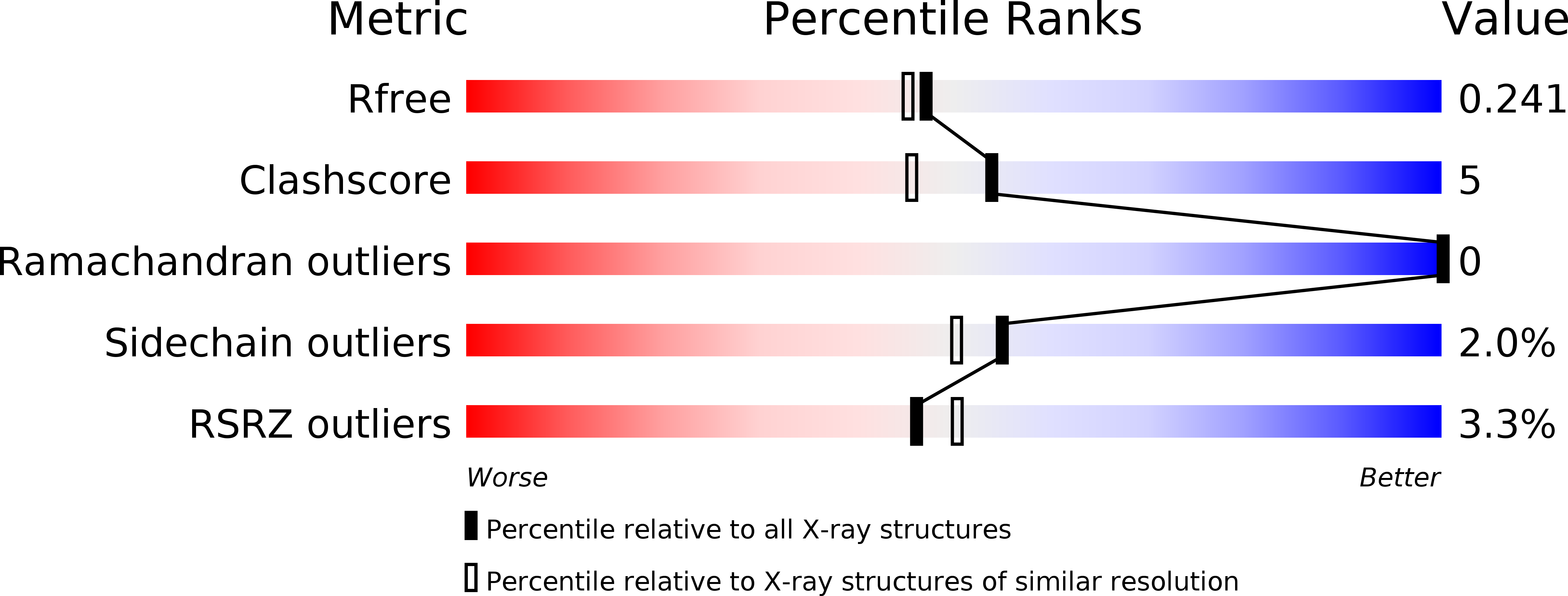
Deposition Date
2008-10-22
Release Date
2009-09-15
Last Version Date
2023-11-01
Entry Detail
PDB ID:
3EYX
Keywords:
Title:
Crystal structure of Carbonic Anhydrase Nce103 from Saccharomyces cerevisiae
Biological Source:
Source Organism:
Saccharomyces cerevisiae (Taxon ID: 4932)
Host Organism:
Method Details:
Experimental Method:
Resolution:
2.04 Å
R-Value Free:
0.24
R-Value Work:
0.19
R-Value Observed:
0.19
Space Group:
C 2 2 21


